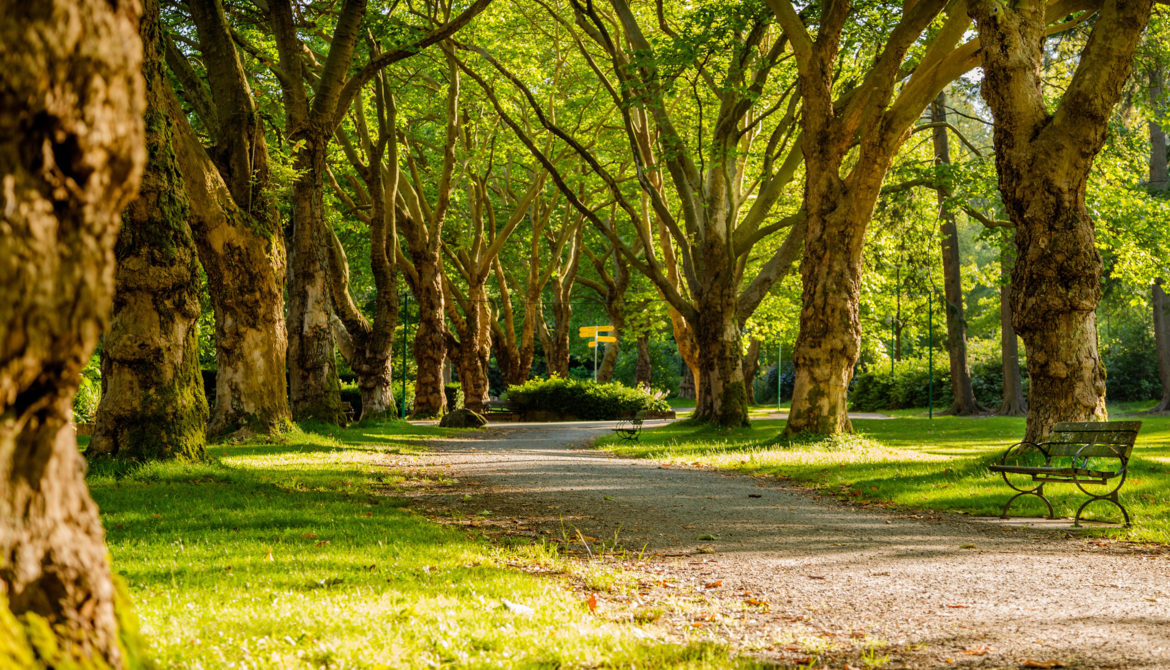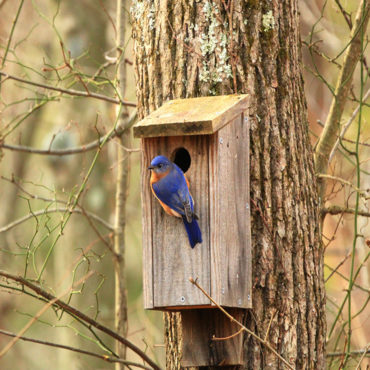
Views • 22/05/2021 • 5 minutes read
The importance of biodiversity
MAPP is currently working in partnership with our supply chain to enhance biodiversity across our managed properties.
1
What is biodiversity?
Biodiversity refers to all varieties of life on earth and the interactions between them and is essential to forming a healthy ecosystem. A balanced ecosystem supports all the natural processes and services we rely on for a stable and safe quality of life. For example, forests contribute to climate stability, plants provide medicinal resources, natural wonders provide touristic value and green space increases people’s mental and physical wellbeing. MAPP appreciates the intrinsic value of nature and works closely with partners to monitor and record biodiversity across our assets.
2
What is Biodiversity Net Gain (BNG)?
Biodiversity Net Gain within the built environment means that the level of biodiversity is higher upon completion or management of buildings than it was at the start. In order to achieve BNG, it is essential to measure biodiversity levels on site prior to starting a project by carrying out the appropriate surveys. Once the initial level is established, measures can be implemented to enhance wildlife and biodiversity and applied at every stage of the building’s life cycle
To achieve BNG, cooperation between property management and our clients is essential. It’s important to firstly try to avoid ecological destruction and retain habitats by working around them. If impossible, the next step is to reduce as much of the destruction as possible by adapting your plans. The final and least desirable option is to destroy ecology and then implement mitigatory measures to rebuild wildlife habitats or ecological networks. It is of course, essential to monitor biodiversity and the effectiveness of enhancing or mitigating ecological measures to ensure they are working. If not, it is necessary to go back and adapt your plans.
3
How does MAPP monitor our Biodiversity Net Gain?
At MAPP, we are passionate about reducing our impact across our sites. We have helped our clients introduce a range of measures via leading trackers to enhance biodiversity, as highlighted in our case studies, and will continue to work on BNG by introducing further measures to maximise the ecological value of outdoor spaces. We perform ecological site surveys and input our results into a biodiversity tracker to monitor the success of ecological features. This allows us to view our progress over time.
4
What impact do our businesses have?
Unfortunately, many sectors across the building lifecycle negatively impact the environment through direct and indirect means. Direct impacts include destruction of wildlife habitat or littering. Indirect impacts are often more invisible and include for example noise pollution causing behavioural changes in animals which lead to lower breeding success, or using a third party supplier with bad environmental credentials.
In order to minimise negative environmental impacts, it is important to identify impacts early on and cooperate between management and clients to ensure ecological protection and enhancement is integrated and applied to the day-to-day management procedures.

5
Exciting trends in urban biodiversity
MAPP prides itself on being forward-driven and future-focused in its approach to property management. Here are three exciting trends in the biodiversity sector that we are exploring and hope that you will be interested in learning more about.
6
Urban Agriculture
Urban agriculture exists in many forms spanning from allotment gardens to urban farms to city rooftop permaculture to edible landscaping. They produce a myriad of benefits including releasing pressure on land use elsewhere, increasing food security and resilience of cities, producing local and seasonal food with a low carbon footprint, promoting health and wellbeing and enhancing ecosystem services such as air purification and water regulation.
7
Citizen science
Citizen science is a method of voluntarily involving the general public in scientific data collection, which not only gets people engaged with their local nature but also gives environmental organisations and scientists a cost-effective way of accessing a widespread data set essential for monitoring overall species population trends. At MAPP we run occupier engagement events, such as the RSPB Big Garden Birdwatch mentioned in yesterday’s case studies. However, citizen science is not limited to group organised events. Nowadays, almost everyone has access to a smartphone and can access some incredible wildlife monitoring apps making it easy to enter ecology data at any time. Some great examples are BirdTrack for recording bird sightings, Leaf Watch for tracking the spread of Horse Chestnut disease or iRecord Butterflies to report butterfly sightings.
- https://www.bto.org/our-science/projects/birdtrack
- http://www.conkertreescience.org.uk/leafwatch-app
- https://butterfly-conservation.org/butterflies/recording-and-monitoring
8
Biophilia
Biophilia is a term that was first coined by social psychologist Erich Fromm in 1964 and describes ‘the passionate love of life and all that is alive’. Though this concept has been around for decades, it has only recently become a buzzword in the built environment and design world. It is well documented that humans benefit greatly from interaction with nature.
Real Estate in partnership with designers are increasingly starting to adopt biophilia to bring the outdoors in and increase health and wellbeing of their occupiers and staff. Biophilic design includes indoor planting such as green walls, big windows and using natural materials. Though the application of biophilic design doesn’t directly increase biodiversity, it fosters a love and appreciation of the natural world which inspires people to become more engaged in protecting the wider environment. MAPP is always looking for opportunities to encourage biophilic concepts in the buildings we manage.